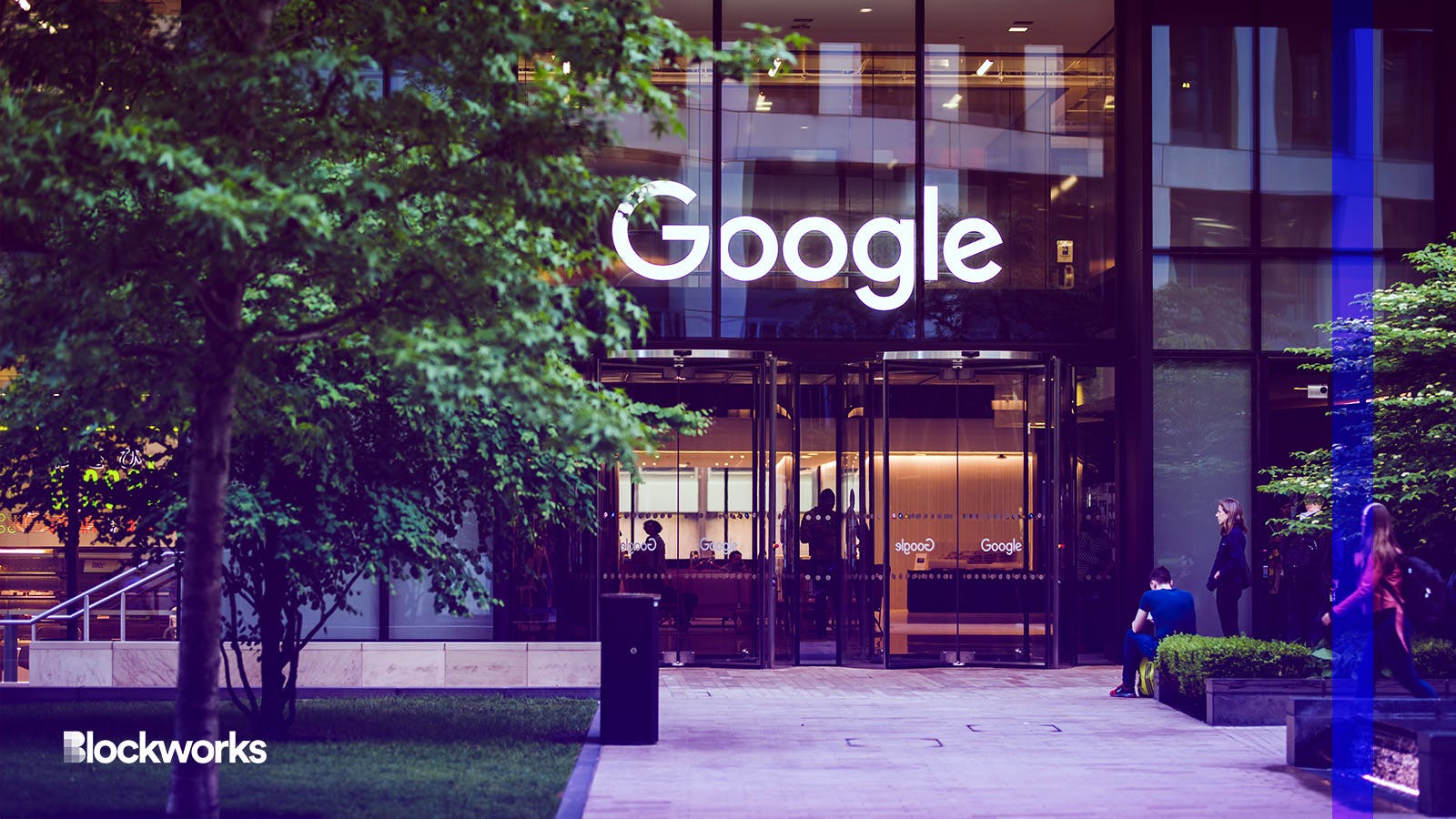BlockFi Exec To Lead Google Cloud’s Web3 Efforts Across Asia-Pacific
After more than a decade at Bank of America Merrill Lynch, Rishi Ramchandi spent the last two-plus years at BlockFi, which filed for bankruptcy last month

Octus_Photography/Shutterstock.com modified by Blockworks
A former executive at now-bankrupt BlockFi is set to lead Google Cloud’s Web3 efforts in the Asia-Pacific region, as the tech giant moves deeper into the sector.
Rishi Ramchandi was a vice president for the Asia region at crypto lender BlockFi, which filed for bankruptcy last month as ripple effects of FTX’s demise spread.
Google Cloud Managing Director Mitesh Agarwal revealed Google’s hire of Ramchandi in a LinkedIn post Tuesday, having left BlockFi sometime this month.
Prior to his two-plus-year tenure at BlockFi, Ramchandi spent about a decade at Bank of America Merrill Lynch (now BofA Securities), where he worked as a global equities portfolio sales trader, as well as in other roles. He also co-founded PinAlpha, a financial research platform powered by artificial intelligence.
Ramchandi and Agarwal did not immediately return requests for comment.
FTX in July offered BlockFi a $400 million revolving line of credit designed to keep it afloat after the collapse of Three Arrows Capital and others shook the market — and made a deal to acquire BlockFi outright for up to $240 million. BlockFi said a day before FTX’s bankruptcy that given the lack of clarity about FTX and its affiliates, such as Alameda Research, it was “not able to operate business as usual.”
WorkInCrypto.Global founder Sam Wellalage told Blockworks last month that executives from FTX and BlockFi he had spoken to wanted to remain in Web3 — noting that recent company collapses in the crypto space will ultimately be a positive for the industry.
Sundar Pichai, CEO of Google parent company Alphabet, said earlier this year that the tech giant was “definitely looking at blockchain,” calling it “an interesting and powerful technology with broad applications.”
Google’s cloud unit created a team in May to build services for developers running blockchain applications.
And in October, Google Cloud unveiled a node-hosting service for Web3 developers called the Blockchain Node Engine. The tool, designed to help build and deploy on blockchain-based applications and platforms, was initially set to support Ethereum.
The company tweeted last month that Google Cloud was working with Solana to bring Blockchain Node Engine to that chain next year.
Google Cloud’s move into Web3 infrastructure mirrors Amazon’s offering, Managed Blockchain, which has supported Ethereum nodes-as-a-service since last year.
Updated Dec. 21, 2022 at 1:09 pm ET: Added additional context on BlockFi’s bankruptcy.
Get the news in your inbox. Explore Blockworks newsletters:
- The Breakdown: Decoding crypto and the markets. Daily.
- 0xResearch: Alpha in your inbox. Think like an analyst.






